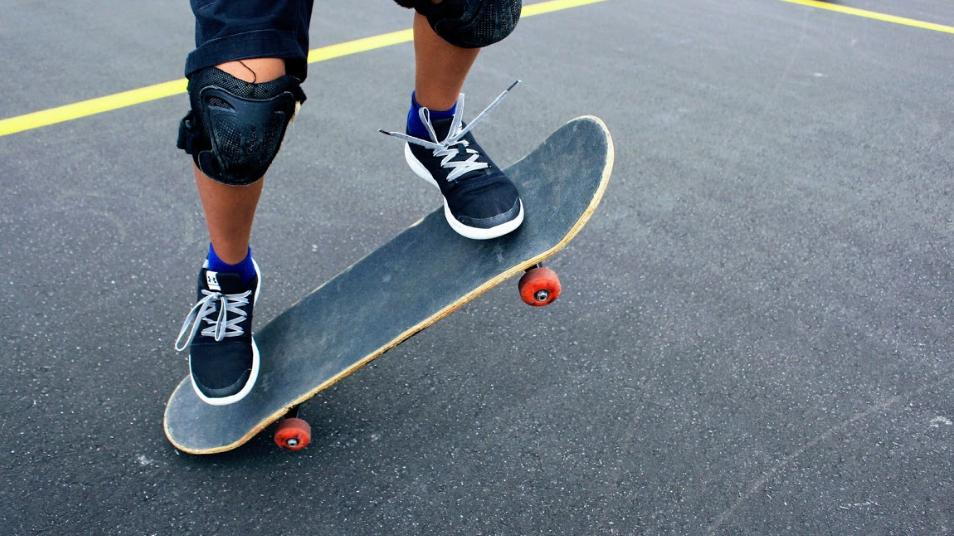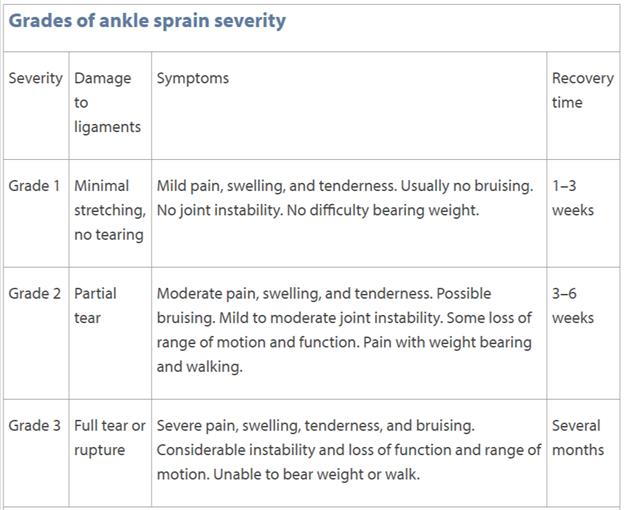What to Do If You Get an Ankle Sprain
posted: Apr. 30, 2021.

What to Do If You Get an Ankle Sprain
Ankle sprains are among the most common foot injuries in America, with twenty-five thousand people spraining their ankles every day. While common, most people do not understand how serious an ankle sprain can be and how ineffective treatment can lead to long-term issues.
What is an ankle sprain?
An ankle sprain is an injury to the outer part of the ankle. The injury can range from mild, meaning no torn ligaments, to severe, with a torn or ruptured ligament. Most times, ankle sprains occur when someone places their weight on the foot while the ankle is not locked in position. Since the ankle cannot bear the entire body weight in such a position, it buckles, and the result is a sprain.
Ankle Sprain Evaluation
If you suspect you have an ankle sprain, the first thing your foot specialist will do is evaluate the sprain and assess it on a range from Grade 1 for mild to Grade 3 for severe on your visit. The chart below shows the three grades.

Depending on where your ankle sprain falls in the chart, your foot specialist might send you home to rest or order an X-ray to see if there is any bone breakage.
Ankle Sprain Severity
If you get an ankle sprain, you might decide to stay home and rest your foot, which is not always a good idea. Suppose the sprain damaged a ligament or fractured a bone. In that case, the joint might not heal properly, resulting in serious issues later in life like a loose ankle (ankle instability), arthritis, or chronic pain. Visiting a podiatrist is the best way to eliminate serious injury and ensure that the ankle sprain can be effectively treated at home.
RICE Treatment
Unless your sprain falls under Grade 3, in which case your foot specialist may likely immobilize or splint your ankle, they will recommend the RICE treatment, as explained below:
Rest your ankle by not walking on it. If necessary, use crutches or a wheelchair to keep the weight off your ankle.
Ice your ankle to keep the swelling down. Remember not to put the ice directly on the joint. Instead, use an ice pack or put a thin cloth between the ice and your skin.
Compressing the ankle can help reduce swelling, immobilize the joint and prevent further injury.
Elevate the affected foot to reduce its internal pressure, which can help reduce swelling and pain.
In some cases, such as with athletes or individuals with naturally loose ankles, surgery may be required to strengthen the ankle.
Beyond Treatment: Rehabilitation
Ankle sprain rehabilitation is necessary to restore the full strength of the ankle after a sprain. The rehabilitation process, while often skipped, can be the difference between permanent long-term issues like ankle instability and a full recovery.
Typically, your podiatrist will recommend a three-phase rehabilitation process:
Phase 1: Resting your ankle, reducing the swelling, and preventing further injury.
Phase 2: Restoring the ankle’s strength, range of motion, and flexibility.
Phase 3: Gradually introducing intensive activities and sports like running, tennis, basketball, and dancing.
Most ankle sprains are treatable, and you can usually be back on your feet within a few weeks. However, if you think you have sprained your ankle, it is advisable to visit a podiatrist, such as Sheldon Nadal D.P.M in Toronto to rule out any serious injury and ensure you get a treatment plan that fully restores your ankle.